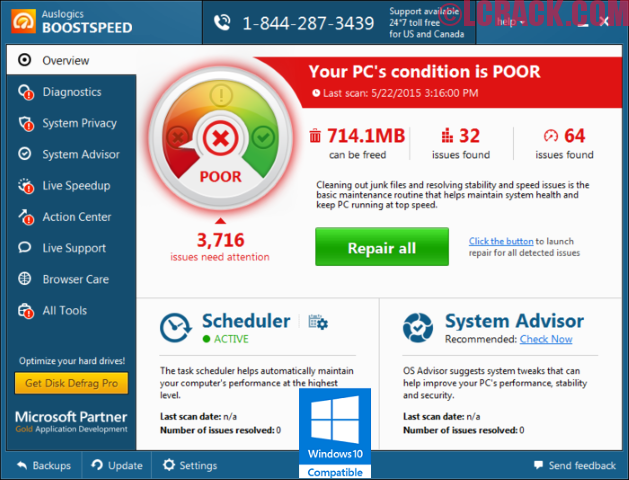

Home prices have slid every month over the year to August. Since 2020, to quell overheating, however, officials under a ‘three red lines’ policy have restricted credit to property companies, which has dented building activity and bankrupted developers (most notably, China Evergrande Group that has an estimated US$300 billion in liabilities).

The history behind such worries is that policymakers super-stimulated the property market to compensate for lost exports to get through the global financial crisis of 2008-09. The country is riddled with half-built residential buildings, which is deflating a property bubble. Standing out is the troubled property sector, which drives about 20% of GDP and represents about 66% of urban household wealth. Policymakers in China are pursuing such remedies because China’s economy is hobbled in at least 10 ways. Over the 10 months, Beijing has repeatedly announced fiscal stimulus. Same month, the PBOC directed state banks to cut deposit rates for the first time since 2015, manoeuvred to support the yuan that still fell to a record low of 7.2 against the greenback the next day, and applied tweaks to encourage lending to first-time home buyers. In September, to support a tumbling yuan that trades within a daily PBOC-set band, the central bank cut the bank forex reserve ratio – yet 10 days later the currency still fell below 7 to the US dollar compared with 6.35 at the start of the year. In August, the PBOC orchestrated a spate of rate cuts, instructed banks to keep lending, and organised special loans of up to US$29 billion for property developers. In May, the PBOC instructed banks to again cut the five-year loan prime rate. In April, the PBOC reduced the amount banks must hold as reserves so they had more to lend. In January, the PBOC forced cuts in the one-year and five-year loan prime rates, where the five-year rate is the other de facto key rate. In December last year, the PBOC ordered the cut of the one-year loan prime rate, one of two de facto benchmark lending rates. What’s the People’s Bank of China done? It has loosened monetary policy again and again since late 2021. The Reserve Bank of India has boosted its policy repo rate three times this year. The tally for El Banco Central de la República Argentina is eight increases that tally to 29.5 percentage points. In the emerging world, Banco Central do Brazil has raised its Selic rate by 11.75 percentage points in 12 steps. The European Central Bank has conducted two rate increases, one by a record amount. The Federal Reserve has hoisted interest rates five times over six months. The Reserve Bank of Australia has hiked the cash rate six times in six months the Bank of Canada five times in seven months. The Bank of England, starting last December, has boosted its benchmark rate seven times too. So far, the RBNZ has lifted its key rate seven times. The Reserve Bank of New Zealand a year ago became the first advanced central bank to raise interest rates to cool its economy to tackle inflation.


 0 kommentar(er)
0 kommentar(er)
